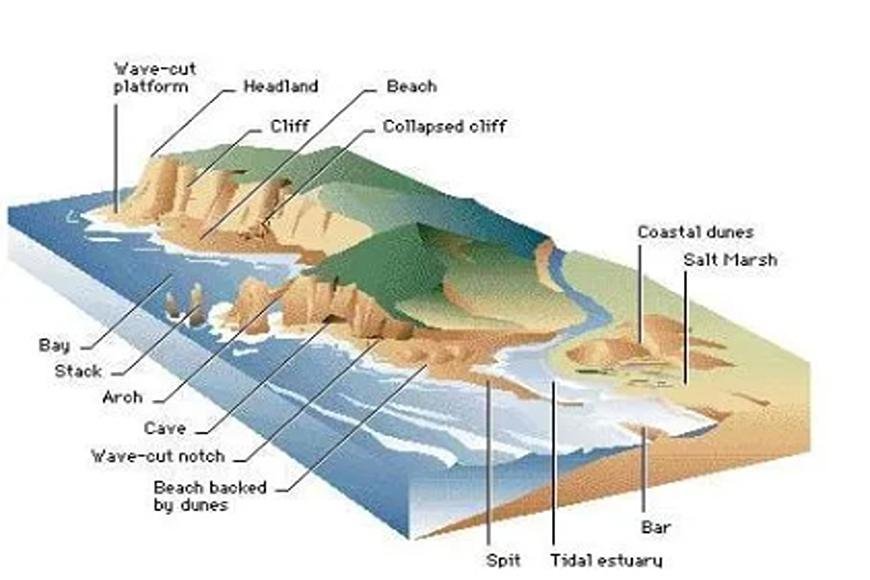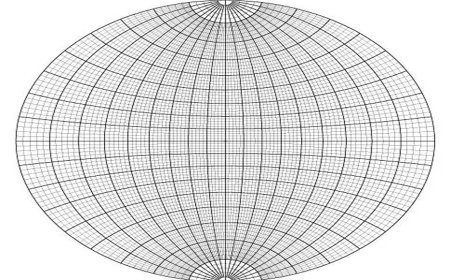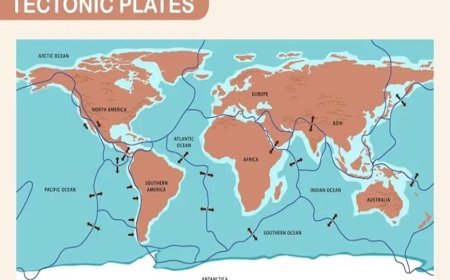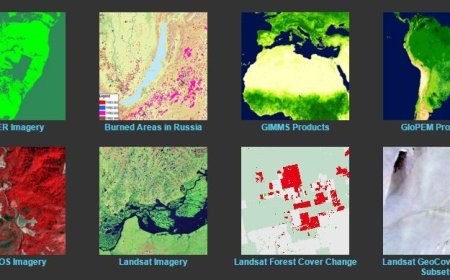COASTAL LANDFORMS
Coastlines sculpted by nature! Explore beaches, cliffs, dunes, and other wonders shaped by waves, tides, and erosion.

COASTAL LANDFROMS
- Any relief features along a shoreline are considered coastal landforms.
- This is due to a combination of processes, sediments, and the shore's geological structure.
- A wide range of landforms process the world's coastal environment, expressing themselves in a spectrum of sizes and shapes ranging from gently sloping beaches to towering cliffs.
- Erosional and depositional coastal landforms are the two most common kinds.
- The many types of coastal landforms are as follows:
Among the erosional coastal landform classifications are:
Sea Cliffs
- The most frequent land and rock formations brought about by erosion are sea cliffs.
- Coastal landforms range from extremely steep to sheer bedrock cliffs hundreds of meters above sea level.
- A flat structure at mid-tide height may be found at the foot of most cliffs along the rocky coast.
Wave-Cut Platform
- This structure is similar to a bench-like feature known as a wave-cut platform.
- The breadth of these surfaces can range from a few meters to hundreds of meters.
Sea Stacks
- The rate of erosion along rocky coasts varies depending on the kind of rock and the force of the waves.
Sea Arches
- Another amazing type of erosional landform that occurs as a result of various rates of erosion induced by the variable resistance of bedrock.
Marine Landforms
- Winds, currents, and tides all contribute to the propulsion of sea waves.
- Storms exacerbate the erosional and depositional processes that give rise to these landforms.
- The size and force of the waves, the slope, the height of the shoreline between low and high tides, the contour of the coast, the composition of rocks, the depth of the water, human activities, and other elements all contribute to the sea's erosion process.
- The wave pressure compresses the trapped air within the rock fissures, fractures, and faults, causing the air to expand, burst, and shatter the rocks at their weak points.
- Waves also employ rock debris as an erosion process. These rock fragments that are carried between the waves deteriorate.
- The solvent or chemical influence of these waves is another type of erosion.
Coastal characteristics
- The coast is the land region where an ocean or sea meets.
- Coasts include a range of characteristics, including caves and cliffs, beaches, and mudflats.
- To produce coastal characteristics, tides, waves, and water currents shape the terrain.
Coastal Depositional Landforms
- These landforms form as the sea levels out or deposits material.
- This phenomenon involves the deposition of sand, silt, and shingle, which results in the formation of coastal deposition landforms.
Coastal Processes and Landforms
- Landforms that arise and remain along the shore are the consequence of a number of processes that act on the sediments and rocks in the coastal zone.
- The tides' waves and currents are among the most obvious of these processes.
Coastal Deposition Characteristics
- Coastal deposition characteristics are the characteristics of deposition found in coastal sites between high and low tide.
- This is common when there is an entry or a sheltered place between the headlands, or when there is a shift in the coastline that allows the silt to be confined and built up.
Beach Landform
- A beach is defined as the area between the lowest spring tide level and the point that storm waves reach during high tides.
- Each beach is distinct, although they are all made of material deposited on the wave-cut platform.
- These beaches are composed of sand, sand, and shingle, which is sometimes referred to as pebbles. They may also result from the processing of mud and silt.
What's Your Reaction?



































